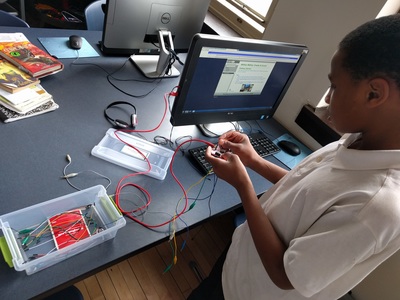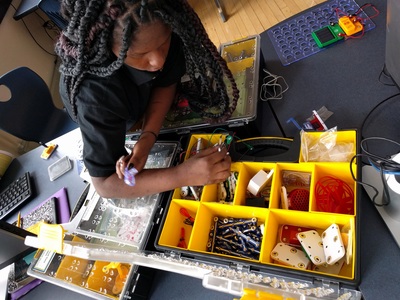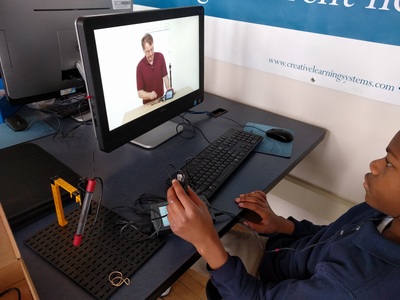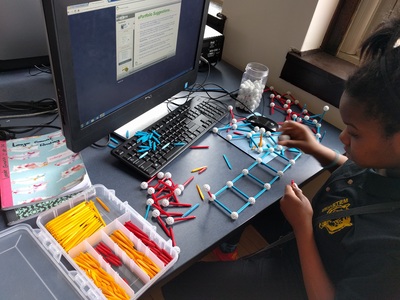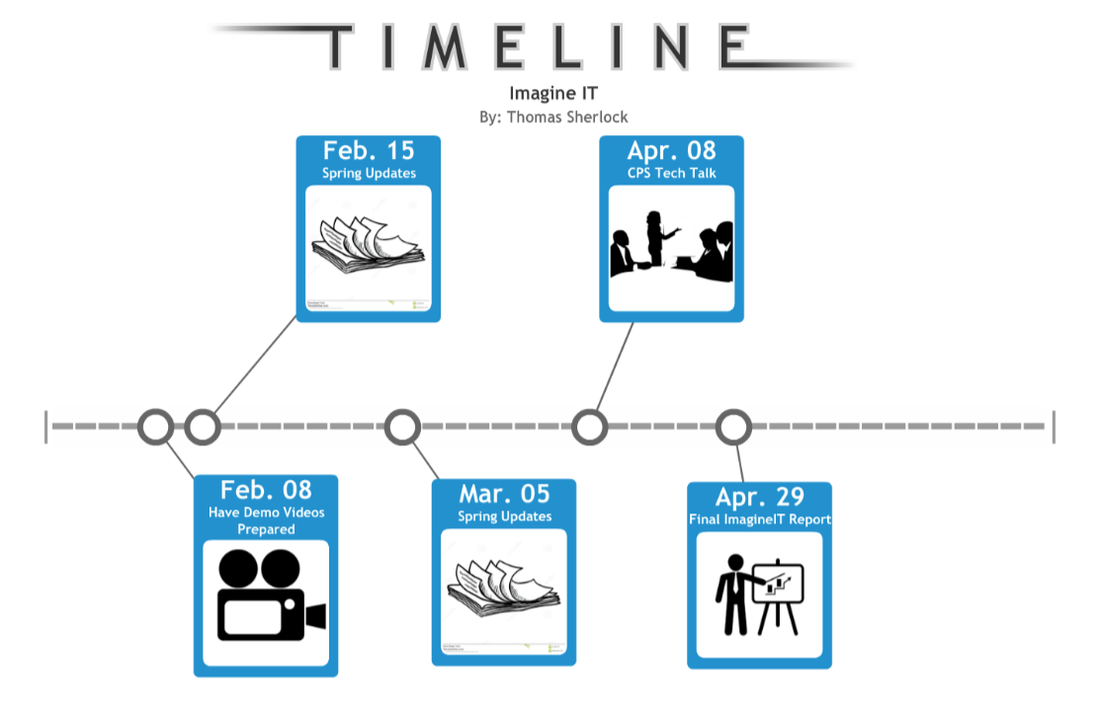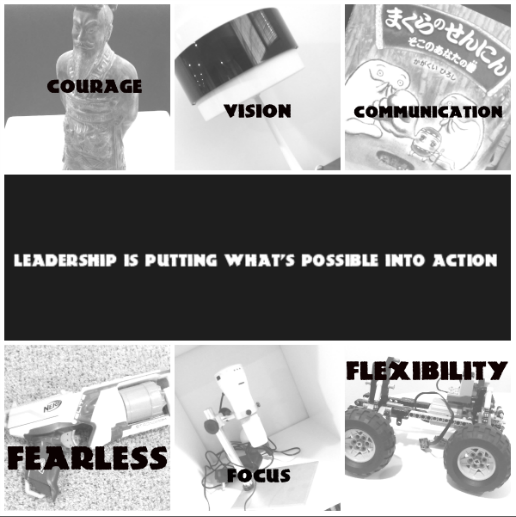GOALS: My overarching goal has always revolved around seeking out ways to improve myself professionally. One area of focus centers around increasing student learning. This year I have focused on the experience I provide students to make this happen. Throughout my years of teaching I have developed an efficient system to improve student performance as it relates to knowledge and skills, but I’ve neglected to develop the behaviors, values, and preferences that are equally as important. I’ve been imposing my values, behaviors, and preferences, which provides results in the short term, but suppresses a student’s natural curiosity about the world. Therefore, I intend on making curiosity, play, and exploration more of a priority as I move forward.
ANTICIPATING CHANGE: To be honest, I am tired of technology. Everyone talks about preparing students for jobs we know nothing about. Robots, wires, programming are going to consume the world we live in and we need to prepare our kids or else! Whatever. The change I anticipate has to do with how we approach learning, not exposing kids to the latest and greatest in educational technology. The path we are on with testing has not been a good one. Educational policy needs to be reshaped and theories that allow teachers and students to cultivate the natural process of learning must be embraced.
NETWORK DIVERSITY: I need to do a better job with networking and broadening the range of my connections. I guess it is human nature to seek out like-minded people, but this just leads to an echo chamber of similar experiences and perspectives. It's tougher relating to people who don't share the same exact backgrounds as me, but the effort to seek out diversity will no doubt pay off. The MSUrbanSTEM has been a positive experience, in that it has expanded my scope, provided a platform to connect with a broad range of colleagues, and has highlighted the importance of connecting with others.
ABANDONING THE PAST: If you do not create change, change will create you. So, it is only natural to embrace the new, and let go of the old. Abandoning the past is a natural process of how we grow and change professionally and personally. It is about closing one chapter and opening another one. Abandoning the past is synonymous with new beginnings, and the results will only bring excitement to teaching.
ANTICIPATING CHANGE: To be honest, I am tired of technology. Everyone talks about preparing students for jobs we know nothing about. Robots, wires, programming are going to consume the world we live in and we need to prepare our kids or else! Whatever. The change I anticipate has to do with how we approach learning, not exposing kids to the latest and greatest in educational technology. The path we are on with testing has not been a good one. Educational policy needs to be reshaped and theories that allow teachers and students to cultivate the natural process of learning must be embraced.
NETWORK DIVERSITY: I need to do a better job with networking and broadening the range of my connections. I guess it is human nature to seek out like-minded people, but this just leads to an echo chamber of similar experiences and perspectives. It's tougher relating to people who don't share the same exact backgrounds as me, but the effort to seek out diversity will no doubt pay off. The MSUrbanSTEM has been a positive experience, in that it has expanded my scope, provided a platform to connect with a broad range of colleagues, and has highlighted the importance of connecting with others.
ABANDONING THE PAST: If you do not create change, change will create you. So, it is only natural to embrace the new, and let go of the old. Abandoning the past is a natural process of how we grow and change professionally and personally. It is about closing one chapter and opening another one. Abandoning the past is synonymous with new beginnings, and the results will only bring excitement to teaching.
